There are some newer different vegetables that are notable for this year. If they have not made it into your seed selection yet, you may want to add them.
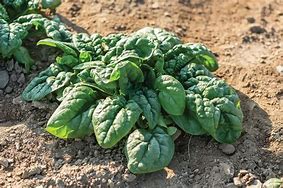
Many have planted spinach to be disappointed when its bolts (sending seed stalks) in a short time. Most spinach is sensitive to daylight over 14 hours causing to want to send the flower stalk up. Therefore, spinach is better grown in the fall than in spring. If you want a variety to grow in spring, try “Equinox”, a slow bolting variety maturing in under a month. (Johnny’s Seed)
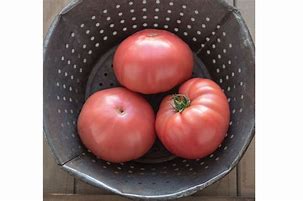
In my opinion, heirloom tomatoes taste better than hybrids, however, are much more disease susceptible. “Abigail” tomato is an heirloom that has been around for several years but is resistant to late blight. The pink fruit maturing date is 75 days from planting. (Johnny’s Seed)
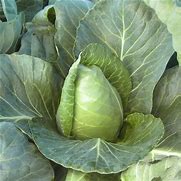
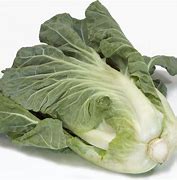
Two types of cabbages are new. “Sweet Slaw” has a cone-shaped head that will not crack. The cabbage has higher sugar content making it good for sauerkraut and coleslaw. “Sweet Thang” is a non-heading cabbage with sweet-tasting leaves. Use like kale or chard in cooked or salads. (Burpee)
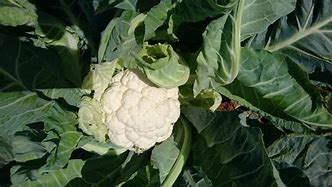
“Twister” cauliflower produces large heads in hot weather. A self-blanch type, however, I would still tie the heads. (Harris)If you want a yellow straight-neck summer squash that is more productive, try “Supersonic” hybrid summer squash. Matures in under 40 days. Pick when 4 to 6 inches long. (Gurneys)
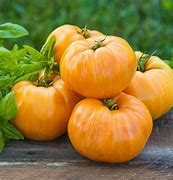
“Orange Jazz” tomato is a yellowish orange with fruits weighing up to 1 pound. The plants show tolerance for fungus diseases. (Gurneys)
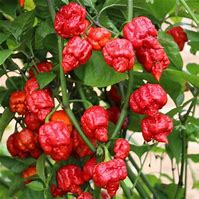
The pepper “Armageddon” is being called the world’s hottest chili pepper. At 1.2 million Scoville units, it is extremely hot. (Burpee)
These are a few of the new varieties that suck out for me. Many seed companies are getting out of stock quickly because of the pandemic in 2020.






